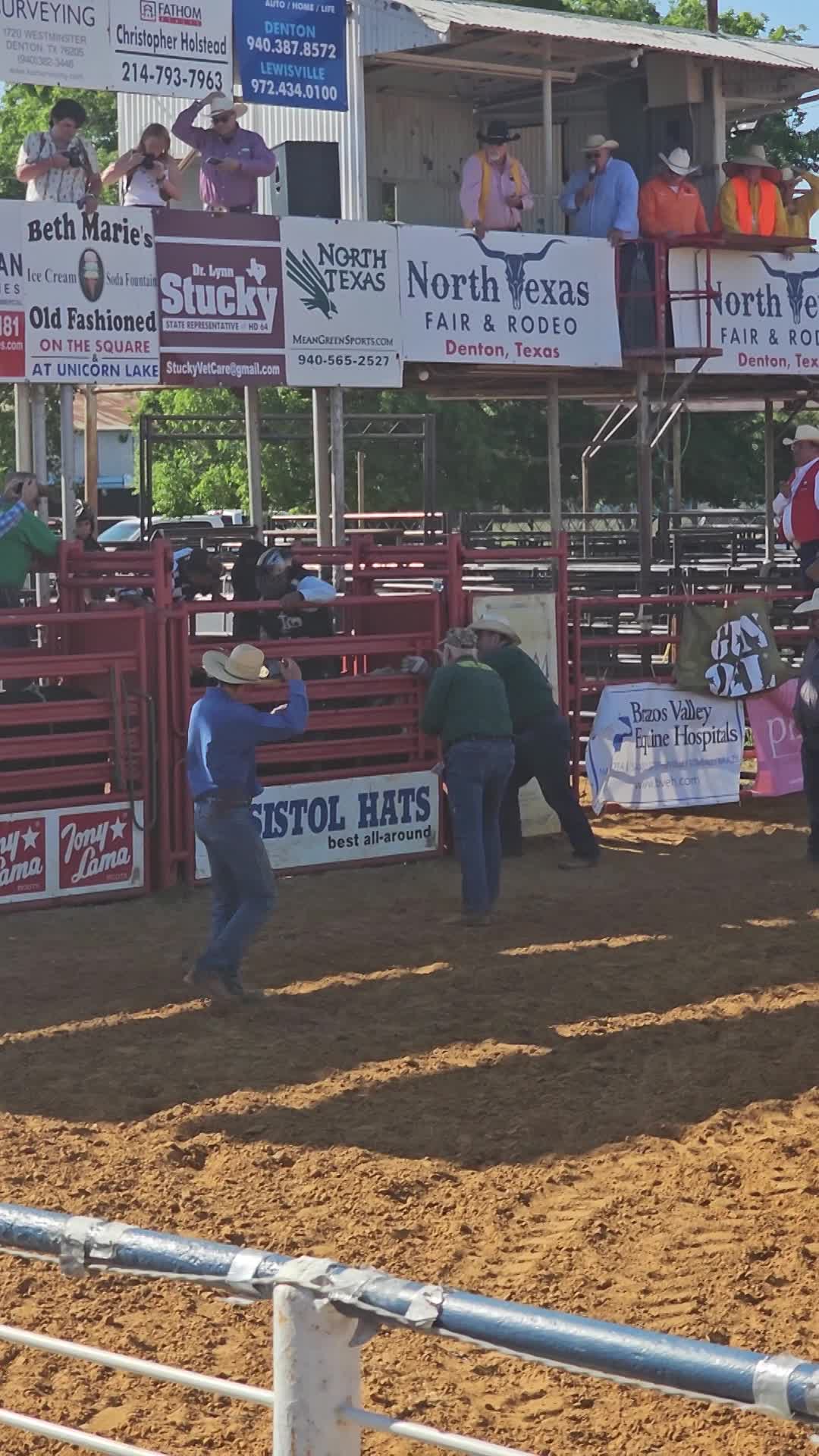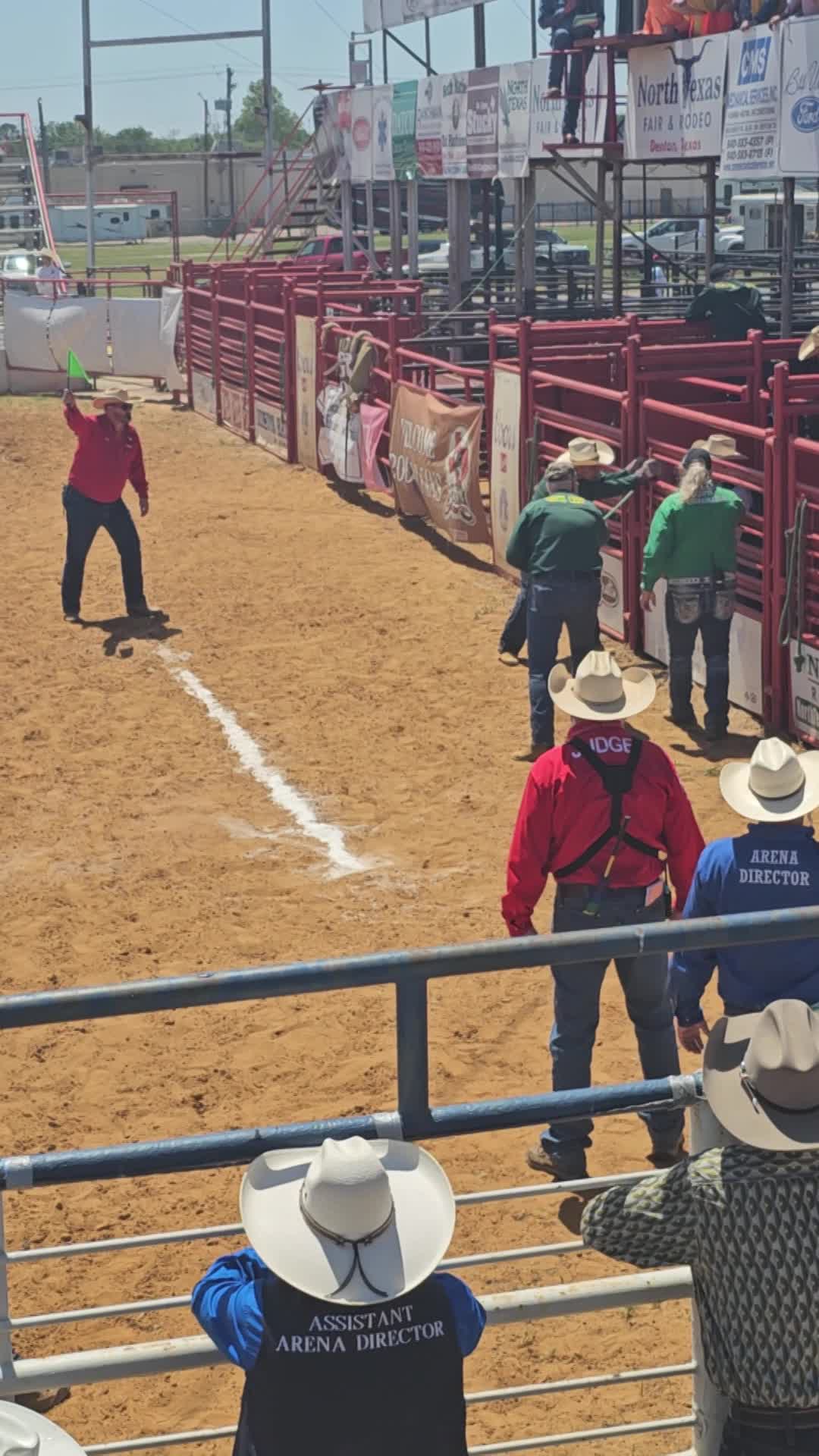17/04/2023
Event Footage Courtesy of S. Korff - MIGRA
Steer Riding
This is a good beginner's event, but it's not as easy as it looks. Steers are male cattle which have been castrated. The rider has a "bull rope" wound around the animal just behind the front legs and then around the rider's hand; no knots are allowed. This hand hold and the riders legs, wrapped around the animal, are all the rider has to count on to stay on top. A rider who is able to spur, or move their legs back and forth on the animal's sides, will receive a higher score.
Bull Riding
The ultimate event of the rodeo, Bull Riding, is an advanced version of Steer Riding, but with one-half ton more beef to contend with and the added danger that many bulls turn back on the rider and attempt to get even for having their routine disrupted. Guaranteed, once you are on the bull and the gate opens, few riders ever leave this event without being slammed to the ground and scurrying for cover, as the Bull Fighter moves in to save the cowboy or cowgirl.
Chute Dogging
This event is designed to give even the novice a chance to compete in rough stock events. The steer and the contestant both start in the bucking chute and face a 60-second time limit. When the chute gate opens, the contestant must bring the steer out to a 10-foot line in front of the chute, and then attempt to wrestle, or "dog" the steer to the ground. The contestant will turn the steer's head up and toward the steer's shoulder, hoping the steer will fall over on its other shoulder, causing all four feet to point in the same direction as the head was turned. If the steer is contrary and falls the other way, it is termed a "dog fall" and the contestant can either attempt to turn the head the same direction or let the steer up and start over. In this event either the contestant "dogs" or gets "dogged."
Ranch Saddle Bronc Riding
Beginning with the 2017 rodeo season, Ranch Saddle Bronc Riding (sometimes abbreviated to Ranch Bronc Riding) was added to the list of optional events. In this event the horse is fitted with a full saddle. The rider holds onto a soft rope which is fastened to the horse's head with a special halter. The rider can use their free hand to hold onto the saddle, unlike the regular saddle bronc ride where the rider must not touch the horse or rider's body with his or her free hand.



